Source: Termoflow
Have you ever been on the road inside a small car only to be passed by a large semi-tracker truck? Further, as you are passed, the driver experiences a lateral (right or left) push from the trucks passing? This push is the wind flow which is being pushed to the side by the diesel truck's inefficient air flow. One major consequence of this inefficient air flow is the production of wind resistance (or a drag force) -- which drives down the miles per gallon (fuel efficiency) a given vehicle can get.
All vehicles suffer to some extent from the inefficient air flow surrounding a vehicle. Some more than others. Although, a large (and I mean large) amount of interest has been devoted in the form of research to minimize (and improve) air flow across a given object (to generalize it). For those who are unaware of the study of 'Fluid Dynamics', the following can serve as an introduction:
In physics and engineering, fluid dynamics is a subdiscipline of fluid mechanics that describes the flow of fluids—liquids and gases. It has several subdisciplines, including aerodynamics (the study of air and other gases in motion) and hydrodynamics (the study of liquids in motion). Fluid dynamics has a wide range of applications, including calculating forces and moments on aircraft, determining the mass flow rate of petroleum through pipelines, predicting weather patterns, understanding nebulae in interstellar space and modelling fission weapon detonation,Fluid dynamics offers a systematic structure—which underlies these practical disciplines—that embraces empirical and semi-empirical laws derived from flow measurement and used to solve practical problems. The solution to a fluid dynamics problem typically involves the calculation of various properties of the fluid, such as flow velocity, pressure, density, and temperature, as functions of space and time.Before the twentieth century, hydrodynamics was synonymous with fluid dynamics. This is still reflected in names of some fluid dynamics topics, like magnetohydrodynamics and hydrodynamic stability, both of which can also be applied to gases.[1]
With the working introduction given above, the study of 'fluid dynamics' is now more comprehensible. Still, the variety of projects which the study of fluid dynamics covers is incomprehensible. Nearly any given situation which involves moving parts different mediums can be understood and broken down into a research project categorized under fluid dynamics. Why? Chances are that there is a 'fluid' or lubricant involved in the workings.
Further, as highlighted below, most objects which move through the world can be understood at the level of a project under the category of fluid dynamics. The video below highlights 3 research projects that are share the field of fluid dynamics research:
Amazing to say the least. I love really interesting research project. Of course, I love to learn just about anything. The first project which is being tackled by Marguerite Matherne a graduate student studying in Dr. David Hu's lab at Georgia Tech. Her project involves looking deeper into the process of transporting pollen back to the beehive by bees. Pollen is composed of proteins which would not normally just adhere to one another. Therefore, the bee needs to suspend the pollen into nectar to form a suspension.
What properties of this suspension allow the bee to transport the 'maximum' amount of pollen back to the beehive? The viscosity of the suspension needs to be just right in order to complete the journey (and not fall apart). Although, the drag force of the shaped pollen cannot exceed the force exerted by the bee in flying back to the beehive. Otherwise the trip would be impossible. As shown in the video, the research covers these parameters along with others relevant to the process. Nevertheless, the project is unique and important to the survival of the bee population -- not to mention helping humans with fruit crops by spreading pollen among crops.
The second research project which was developed by and carried out by Dr. Giorgio-Serchi at the University of Edinburgh -- is devoted to understanding the forces (fluid dynamics) generated by sea creatures resulting in movement across a given area. How do the framework of the structure interact with the fluid to produce forward movement? If we could see at the molecular scale, the picture might be much greater in difficulty, therefore, making models (using computer simulations) is suitable for a research project at the moment.
Last but not least, researcher Daria Frank is working with Dr. Paul Linden at Cambridge University to better understand oil plumes. Specifically, as in the case of the Deepwater Horizon Oil spill, the oil disperses in a plume with an initial angular momentum (angular momentum due to the Earth's spinning around an axis). The project is to characterize the parameters of the rising oil plume and compare those parameters to a storm passing over the Earth's surface.
Comparing an oil spill -- a swirling plume (in the presence of water -- fluid) versus a storm -- a spinning top (fluid is air). What are the differences? What are the similarities? The information gathered will better place the oil/gas industry in a better position to combat challenges -- especially in the face of a disaster.
4 Accessible Examples
Shown below are 4 different examples of research projects which would be encompassed under the category of fluid dynamics research. The examples are very accessible to each of us, since each represent real life examples frequently encountered in society. As you progress through the examples, think of questions that you would ask regarding the dynamics surrounding the object's environment.
Example 1: Fluid flow around a race car:
Source: Rodrigonemmen
What are the most relevant methods for dealing with fluid dynamics surrounding the air flow of a car? How do magnetohydrodynamics figure into the solution? How do different materials play into the dynamics of air flow across a car? What about the development of heat spots across a vehicle? What type of instabilities contribute to turbulent air flow across a car? What type of equations are necessary to model the air flow? Partial differential equations? In order to understand the system better, the solutions involve introducing a method which is a combination of methods.
Example 2: Fluid flow through an human artery
Source: Di Cardilogy
How does the flow of blood through the vessels of arteries and blood vessels affect the dynamics inside of the heart during a cardiac cycle? How does the build up of plaque on the side of an artery wall contribute to turbulent flow within the artery? How does the plaque weaken the artery wall leading to atherosclerosis? What are the overall dynamics of the arterial system? How does one build up site of plaque contribute to overall flow within the entire system? These are a just a few of the questions being entertained by such researchers in the field of fluid dynamics in medicine/engineering.
Example 3: Fluid flow around a bicycle
Source: Insightreplay
What are relevant parameters for cyclists? Weight of the bicycle? Weight of the cyclist? If you shave your leg and arm hair, does that really cut time off of a ride? What about body shape? What about the shape of the frame? Is there an optimal shape of each component which will result in reducing air flow across the system? These are just a few questions that the cycling industry has had to deal with over the years. Fluid dynamics could certainly contribute to answering a few of them.
Example 4: Fluid flow around a golf ball
Source: Symscape
Most of us at one point or another have seen a game (or part of) of golf on the television or screen of a smart device. What are the relevant parameters which play greatly into reducing the turbulence of air build up behind the ball? In a previous blog post, I show how the 'dimples' on the surface of golf balls play a tremendous role in reducing the drag force on the golf ball. Golf ball companies are very interested in reducing drag force overall to any degree. Golfers dream of having complete flight stability during a game to better place their ball in a desired location.
Overall, these 4 examples serve us well in introducing the field of fluid dynamics. Now, as each of us carry on in our busy days, feel free to pause a moment and look around yourself at your environment. Find an example where the field of fluid dynamics could make a change -- a positive one. There are many examples, each of us must be willing to think critically about the underlying parameters which dictate the performance and/or operation of a given phenomena. Enjoy!
Related Blog Posts:
Does a Golf Ball have more than one shape (round)?
Parameters: "How widespread within NASA is the conviction that human activity is responsible for climate change?"
Want To Improve Science Communication: Add Artists!
White Blood Cells in action destroying Cancer Cells!
Astrophysicist Neil deGrasse Tyson explains why 'Space Force' is nothing new...
Scientists should find similarities rather than focus on differences
Why Chemistry Matters from the mouths of Nobel Laureates!
How Far Are We From Star Trek "Replicator" Technology?
"All Of Us" - The Best Medical Knowledge Update Effort - Please Join!
What Is Going On Inside That Cell?
Chemistry Reactions Are Amazing - See For Yourself
Parameters: Can Computers Think?
Parameters: 3D Printed Human Hearts?
A Virtual Tour Of A Plant Cell? Really?
A Virtual Tour Of A Human Cell?
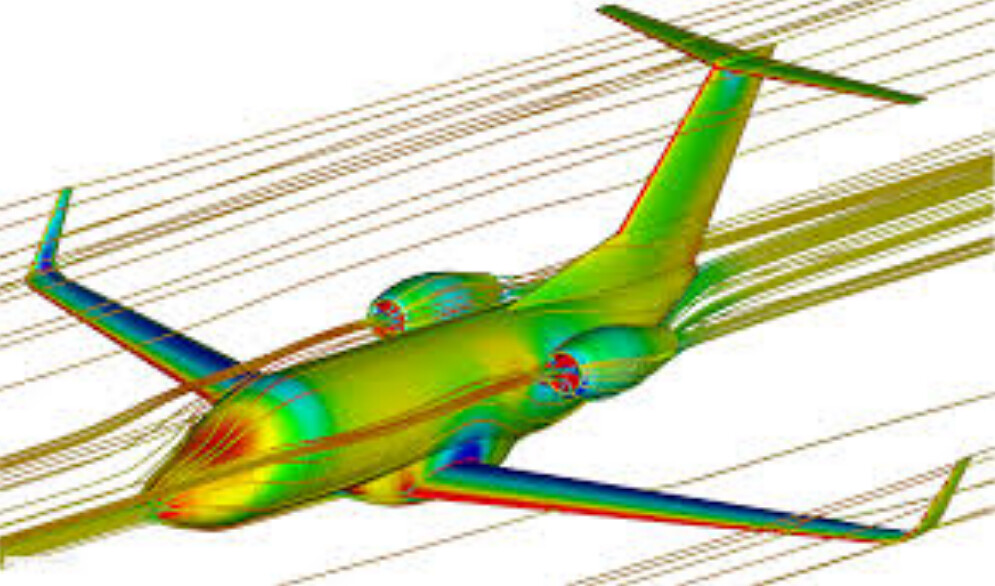
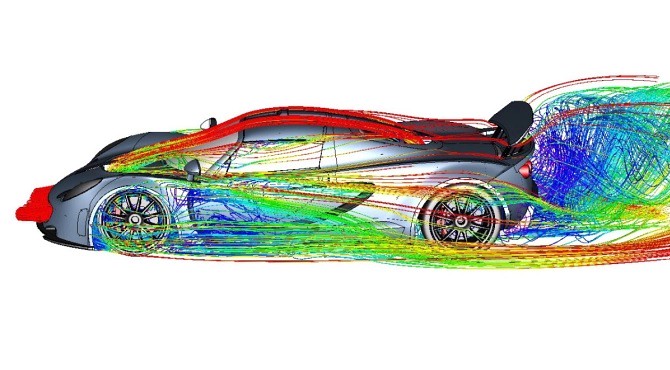
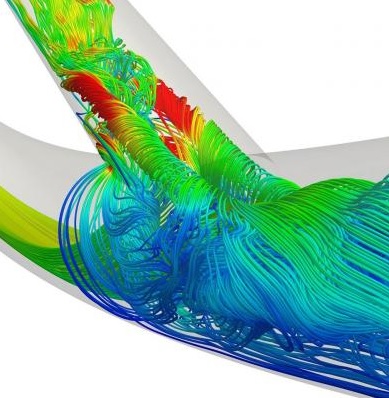
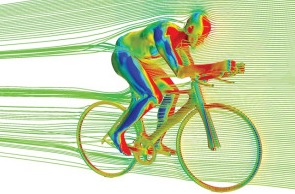
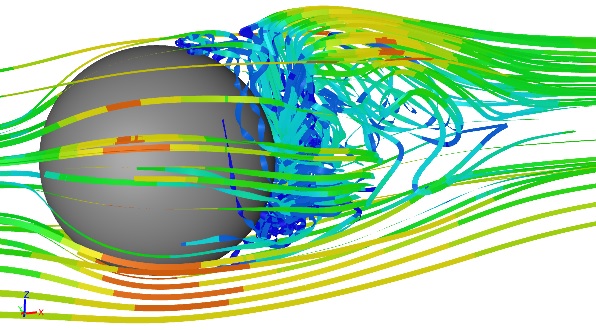
No comments:
Post a Comment